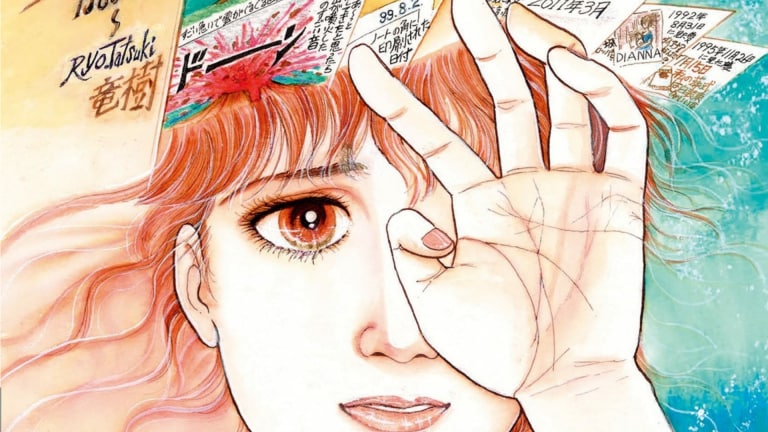Digital
Online gaming in India is among the world’s most vibrant, says MoS I&B Dr L Murugan at Storyboard18 DES 2025

In an unusual convergence of pop culture, pseudoscience and public anxiety, tourism bookings to Japan from several Asian markets have plunged in recent weeks, spurred by a viral prediction of an impending earthquake, first foretold in a manga published more than two decades ago.
The source of the speculation is The Future I Saw, a graphic novel by Japanese artist Ryo Tatsuki. First released in 1999 and reissued in 2021 with additional content, the work has gained renewed attention online for a sequence in which the artist appears to predict a catastrophic earthquake and tsunami set to strike Japan in July 2025. The narrative has been amplified by social media platforms, where videos and posts warning against travel to Japan have drawn millions of views.
Though seismologists overwhelmingly agree that no method exists to forecast earthquakes with precise timing, the rumors have had a tangible impact. A Bloomberg report states, that since April, bookings to Japan from Taiwan, South Korea and Hong Kong have declined sharply. Reservations from Hong Kong, in particular, have fallen by an average of 50 percent year-on-year, with late June and early July bookings down as much as 83 percent.
The impact on air travel has been swift. The report added that Hong Kong-based carriers Greater Bay Airlines and Hong Kong Airlines have both reduced their Japan-bound services this month. Tourism officials across Japan have moved to quell public concern.
Japan, situated along the seismically volatile Ring of Fire, remains one of the most earthquake-prone nations in the world. Memories of the 2011 Tōhoku earthquake and tsunami, which left more than 15,000 dead and caused a nuclear crisis in Fukushima, continue to cast a long shadow. Even so, the nation’s appeal as a tourist destination remains strong. A record 3.9 million international visitors entered Japan in April. The Japanese government has has an ambitious target to double annual tourist arrivals to 60 million by 2030.
The narrative in Tatsuki’s manga, reportedly inspired by a dream, envisions a tsunami devastating the Japanese archipelago and sending waves as far as Hong Kong, Taiwan and the Philippines.
Adding fuel to the anxiety was a February report from a Japanese government task force, which monitors seismic activity along the Nankai Trough. The report raised the probability of a major earthquake capable of generating 30-meter-high tsunamis within the next three decades to roughly 80 percent. Notably, the report made no prediction about specific timing.
Tatsuki’s work commands a devoted following across East Asia, where some readers believe she possesses an uncanny ability to foresee future events through her dreams - visions she depicts through a cartoon version of herself in her manga, often relaying ominous premonitions to other characters. Over time, several of her dream sequences have been interpreted by fans as eerily prescient, fueling both fascination and debate.
Her rise to prominence came in the aftermath of Japan’s 2011 earthquake and tsunami, when readers pointed to a panel in The Future I Saw referencing a “massive disaster in March, 2011.” The magnitude-9.0 quake and resulting tsunami devastated coastal regions, killing more than 15,000 people and causing a nuclear meltdown at the Fukushima Daiichi power plant - the worst such disaster since Chernobyl.
Since then, Tatsuki has become a cult figure not just in Japan but also in parts of China, Thailand and Taiwan. Her manga has sold over 900,000 copies, according to its publisher, and has been translated into Chinese. Enthusiasts credit her with foreseeing not only the 2011 quake but also the deaths of Princess Diana and Freddie Mercury, and even the Covid-19 pandemic - claims critics dismiss as examples of confirmation bias or overly vague symbolism.
Still, the belief in her abilities endures, particularly online, where speculative interpretations of her panels have gained traction amid the broader atmosphere of unease surrounding natural disasters in the region.
The Storyboard18 Digital Entertainment Summit (DES) unpacked India's strategy for leading the digital entertainment economy, with top policymakers where they putlined how talent, technology, and governance would fuel future-ready growth.
Read MoreAt the Storyboard18 Digital Entertainment Summit in New Delhi, policymakers and industry leaders outlined how talent, technology, and governance will drive India’s push to dominate the global entertainment economy.